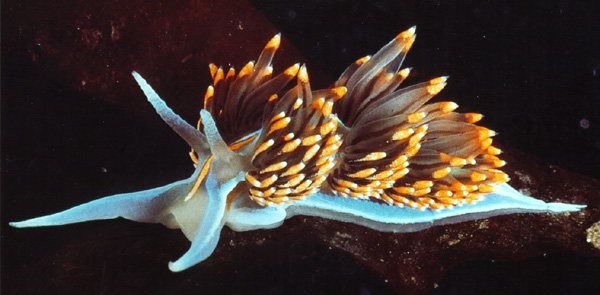 |
Research | Personnel | Publications | Software | Positions | Avrama Blackwell |
| Software Download Page |
| NeuroRD is now available on github NeuroRD is a computationally efficient, stochastic reaction-diffusion simulator (pronounced NeurRDS) used mostly for simulating neuronal signaling pathways. This Java program which runs on any platform. The algorithm is based on Gillespie's tau-leap reaction algorithm, and the stochastic diffusion algorithm of Blackwell. It uses XML-based model specifications.
The version 3 readme and validation test set are available on github. See below for NeuroRDv3 tutorial and model files. nrdh5_anal.py is a python program for analyzing and plotting one or more model simulations. Uses plot_h5.py and h5utils.py VERSION 2 - earlier versions are available on github; instructions and examples available here: The version 2 README has instructions for creating and simulating models. An example to get you started will be helpful, and additional examples to explain branching if you are ambitious. More complicated simulation files are available either from modelDB or associated with specific publications. A collection of the models used for software validation of version 2 is available here. Programs (in Python and c++) used to process the output data Postprocessing |
Chemesis is a set of libraries for GENESIS to enable simulation of reaction-diffusion systems, including calcium release. The latest release of GENESIS (version 2.4) includes the most useful chemesis libraries. If you want to compile chemesis with older versions of GENESIS, download chemesis2.4. The main difference between 2.4 and previous versions is the addition of unit fields to allow using SI or any other units.
After downloading and extracting, editing the makefile for your OS and GENESIS installaion, then type make. Or you can install a pre-compiled version following the directions from here. Email me if you want Chemesis2.1, which was used to run all the published Hermissenda simulations. NEW!! We have begun using Moose to model single neurons and calcium dynamics. Out model spiny projection neuron is created using a declarative model format, which simplies using the same code to create other neuron types. Help with creating Moose models is provided in the tutorials section. |
|
Free Online Tutorials
|
Models and simulation files To help you learn how to model signaling pathways
|
 |
Research | Personnel | Publications | Software | Positions | Avrama Blackwell |